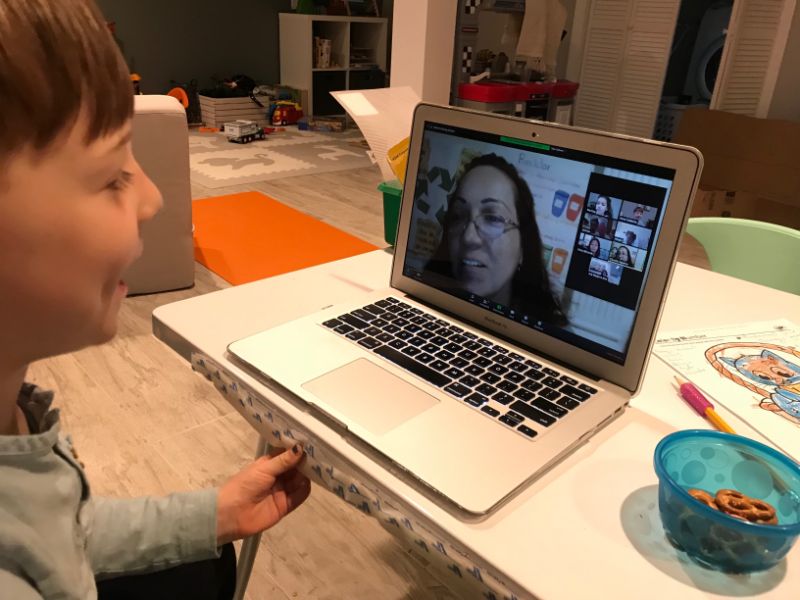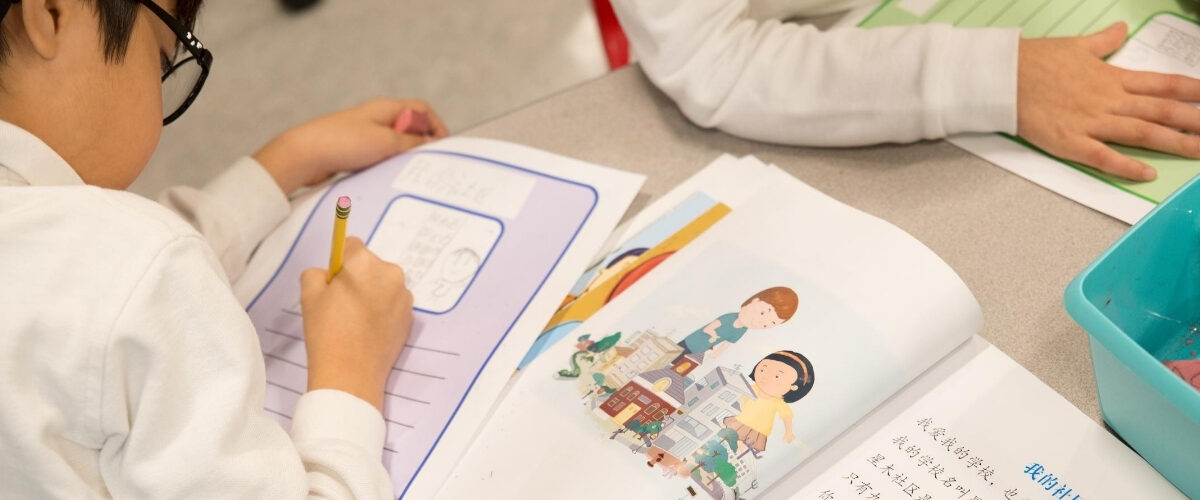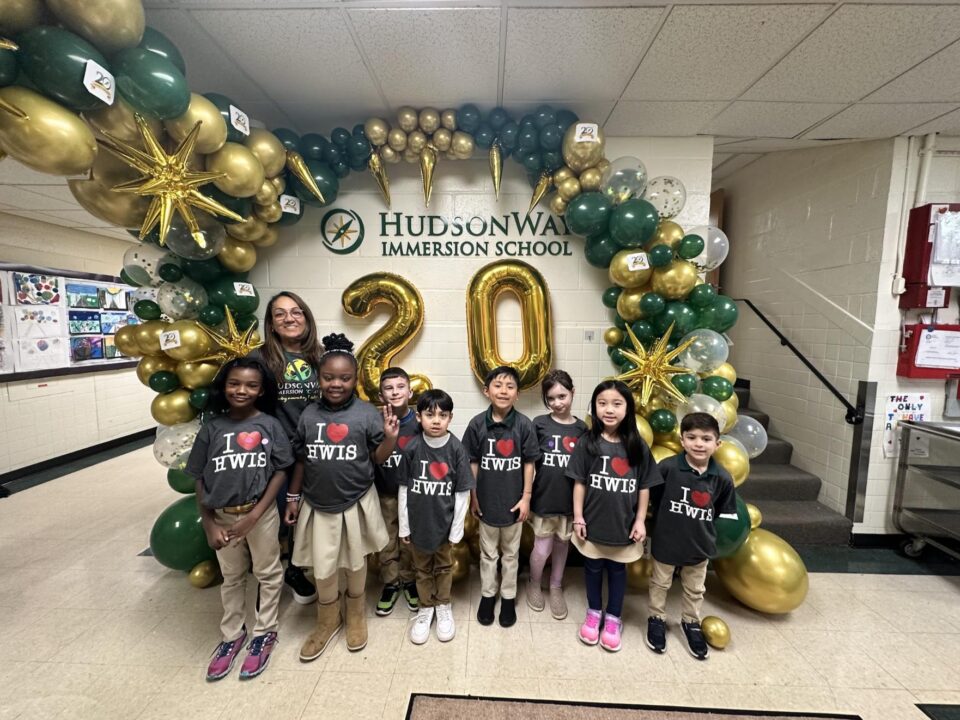
What I’ve Learned about Engaging Immersion Elementary Students in Remote Learning
August 23, 2020
Q&A with Sue Ha, Head of School
September 3, 2020
By Sharon Huang, Founder HudsonWay Immersion School
In December 2019, America received another disappointing report card on the global competitiveness of our nation’s youth. Every three years, about 250,000 of our nation’s 15-year old students take part in an international assessment of reading, mathematics and science abilities as compared to the most developed countries in the world. The 2018 Program for International Student Assessment (PISA) assessment reported this week in The New York Times saw no increase in reading ability, and a decline in the mathematics score to a rank of #30 out of the 79 countries taking part in the assessment. This was on top of disappointing news from the National Assessment of Educational Progress that showed that two-thirds of our 4th and 8th graders are not reading at grade level.
How can America do better? One way is to increase the number of dual language immersion programs in this country. Consider this: Canada, one of the countries that scored in the top 6 on PISA, has a 40+ year history of using immersion methodology to educate some of its students. In immersion programs, children learn all of their academic subjects (math, science, social studies and language arts) in two languages. Students might spend the majority of the time learning in French in the early years with instruction in English increasing as the student advances in grades. Data compiled by Statistics Canada in the most recent disaggregation of PISA results between Canadian immersion and non-immersion students in 2009, showed impressive results. Canadian students enrolled in a French immersion program scored 573 on their reading exam, while non-immersion students averaged 523, a difference of 50 points. If the immersion student average represented the Canadian average it would have put Canada in first place surpassing the leader, China, with its score of 554.
Dual language immersion schools account for only 1% of schools in the US however their numbers are increasing. Approximately ten percent of new charter schools (independently managed but publicly funded) are dual language immersion schools.
The RAND group partnered with the American Council for International Education in the largest study of US immersion programs to date tracking immersion vs. non-immersion students from 2004 through 2013 in the Portland, Oregon Public School system. Educating students using immersion since 1986, Oregon now has 43 schools in its dual-language program. Portland educates 10% of its public school students across four language tracks - Spanish, Japanese, Mandarin and Russian. The study, controlled for student self-selection into the immersion track and across languages, showed impressive results for students educated in the immersion versus the non-immersion track. By grade 5, immersion students were 7 months ahead of their non-immersion peers, and by grade 8 they were 9 months ahead of their non-immersion peers in reading – equivalent to nearly an entire school year’s progress.
A 2018 study conducted by the Educational Evaluation and Policy Analysis showed that while there are some additional costs for administering an immersion program due to the special professional development needed to train faculty, develop curriculum and recruit faculty, the overall impact on costs was $100 per student in the Oregon Public School system. Contrast this with the past 5 years of consecutive spending increases across the US public school system with the 2016 to 2017 per student increase at $438 per year.
It is counterintuitive to think that immersing children in an environment where the teacher speaks in a second language can improve English reading scores. The language acquisition process creates connections in disparate parts of the brain, as a child is beginning to understand, think, and converse in another language –making their brains superior to that of monolinguals. Babies are born with 100-200 billion nerve cells and how those cells are wired and connected in early childhood will show themselves later, in language and mathematical skills, in the ability think rapidly and connect disparate ideas and focus selectively on relevant information (also known as "executive function").
At HudsonWay Immersion school (HWIS), the first independent Mandarin and Spanish immersion school in the New York city metropolitan area, we were able to show a correlation between years enrolled in our full immersion program and higher cognitive ability. Using the coGAT assessment , while 64% of students who spent one year at HWIS were average or gifted, after 4+ years at HWIS, nearly 100% were above average or gifted.
The benefits from an immersion program are greatest when children begin early, which is why our immersion program begins at the age of 2. By starting early, we reap greater cognitive benefits, develop higher second language proficiency, improve creativity, enhanced social-emotional intelligence as children learn to see things from multiple perspectives and become comfortable taking risks and persisting in overcoming the challenge of learning in two languages. Parents broadly agree that this approach develops greater confidence and enjoyment of learning. It’s the complete package of 21st-century skills our children need to be successful as adults.
This educational approach does require a long-term commitment on the part of students, parents, and administrators and a belief to act on the research shown. But since it does not require fancy facilities or specialized technology or a significant increase in a school's budget, it may be one of the best ways to make America's youth more competitive on the world stage.
Sharon Huang is the founder of HudsonWay Immersion School, a Mandarin and Spanish preschool through Grade 8 immersion school, with campuses in Stirling, NJ and Midtown West, NYC.





